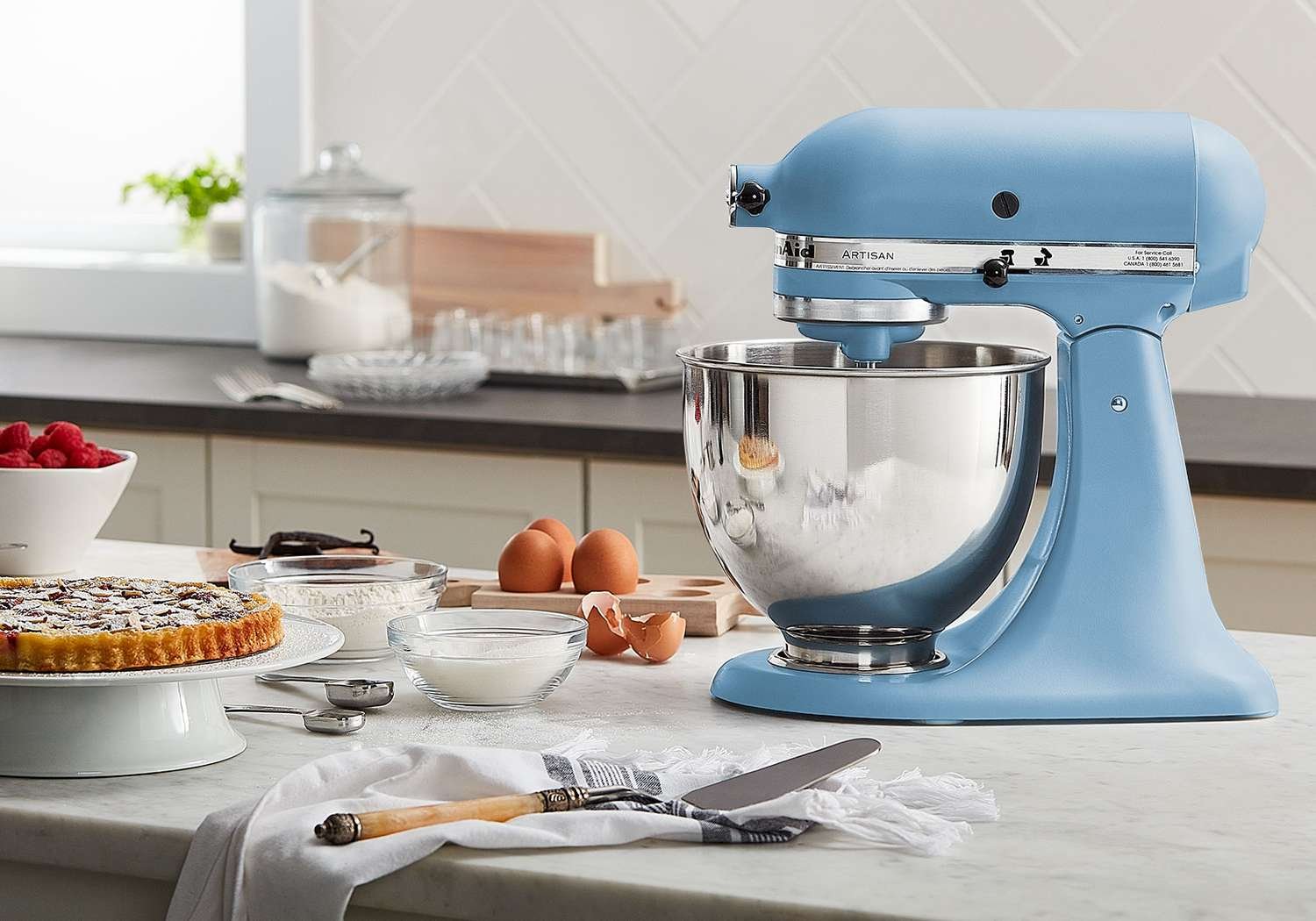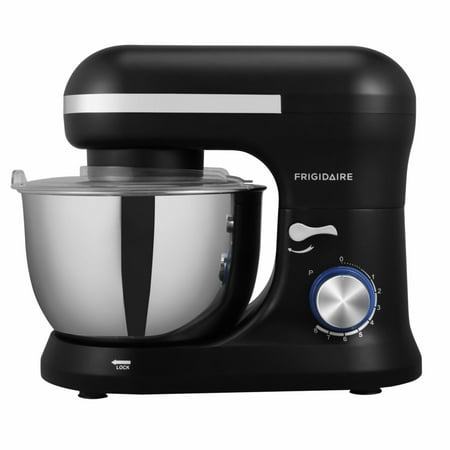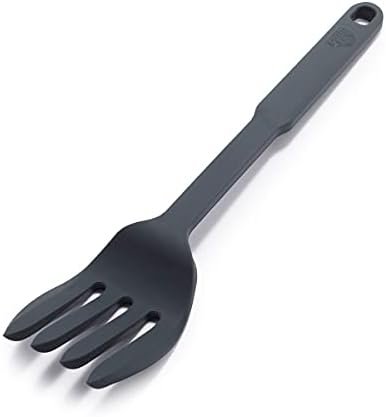Welcome to my blog post on “Overcoming Common Stand Mixer Problems and Troubleshooting Tips”. As an avid baker myself, I understand the frustration that can arise when our beloved stand mixers encounter issues. Whether it’s a sudden slowdown or an unexpected noise, these problems can throw a wrench in our baking routines. But fear not! In this post, I will guide you through some of the most common stand mixer problems and provide practical troubleshooting tips that will help you get back to baking in no time. So, let’s dive in and conquer these challenges together!
Understanding the Common Problems
As proud owners of a stand mixer, we understand the importance of this versatile kitchen appliance. However, like any machinery, stand mixers can face a range of issues that may hinder their performance. In this section, we will delve into the most common problems encountered by stand mixer owners, providing detailed explanations and possible causes for each issue. By increasing our understanding of these problems, we can effectively troubleshoot and resolve them, ensuring that our stand mixers serve us well for years to come.
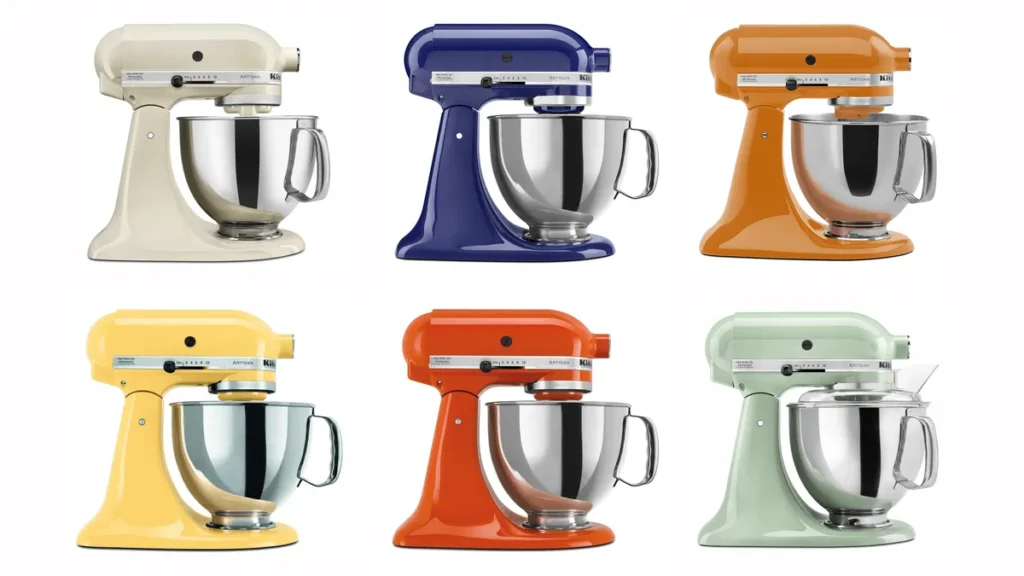
Problem 1: Mixer Not Turning On
Possible Causes:
- Power supply issues, such as a tripped circuit or a blown fuse.
- Defective power cord or faulty electrical connections.
- Malfunctioning on/off switch.
- Overheating due to continuous usage.
Troubleshooting Steps:
- Check the power supply and ensure it is functioning properly.
- Verify all electrical connections are secure.
- Examine the power cord for any signs of damage.
- Allow the mixer to cool down before attempting to turn it on again.
Problem 2: Uneven Mixing Results
Possible Causes:
- Incorrect attachment usage or improper attachment installation.
- Uneven ingredient distribution within the mixing bowl.
- Mixer speed set too high or too low.
- Bowl scraping issues due to worn-out accessories.
Troubleshooting Steps:
- Ensure proper attachment usage and installation.
- Transition to a higher mixer speed gradually for even mixing results.
- Pause and scrape down the sides of the bowl to redistribute ingredients.
- Consider replacing worn-out accessories for more effective scraping.
Problem 3: Excessive Noise and Vibrations
Possible Causes:
- Loose or misaligned attachments.
- Overloading the mixer with too much dough or batter.
- Damaged internal gears or bearings.
- Insufficient lubrication.
Troubleshooting Steps:
- Check and tighten all attachments to ensure they are properly secured.
- Avoid overloading the mixer by following recommended capacity guidelines.
- Consult a professional service technician to assess and repair internal damage.
- Regularly lubricate gears and bearings as per the manufacturer’s guidelines.
Problem 4: Strange Odors
Possible Causes:
- Excessive buildup of food residue on the attachments or within the mixer.
- Burnt motor due to overuse or overheating.
- Mechanical issues, such as worn-out components.
Troubleshooting Steps:
- Thoroughly clean the attachments and mixer after each use.
- Allow the motor to cool down if it has been running for an extended period.
- Seek professional assistance if the strange odor persists after cleaning.
Problem 5: Bowl Movement During Mixing
Possible Causes:
- Improper bowl positioning or incorrect attachment usage.
- Worn-out bowl locking mechanism.
Troubleshooting Steps:
- Ensure the bowl is properly seated and securely locked in place.
- Verify the correct attachment usage for the desired mixing technique.
- Consider replacing any worn-out parts of the bowl locking mechanism.
By being aware of these common problems and their potential causes, stand mixer owners can proactively troubleshoot and address any issues that arise. Regular cleaning, proper maintenance, and adherence to manufacturer guidelines will ensure that your stand mixer remains a reliable and efficient kitchen companion.
For a quick reference, here’s a comparison table summarizing the common problems and their troubleshooting steps:
| Problem | Possible Causes | Troubleshooting Steps |
|---|---|---|
| Mixer Not Turning On | – Power supply issues – Defective power cord – Malfunctioning on/off switch | – Check power supply – Verify electrical connections – Examine power cord |
| Uneven Mixing Results | – Incorrect attachment usage – Uneven ingredients – Improper mixer speed | – Ensure proper attachment usage – Transition mixer speed gradually – Scrape down bowl sides |
| Excessive Noise and Vibrations | – Loose or misaligned attachments – Overloading the mixer – Damaged internal gears | – Check and tighten attachments – Avoid overloading the mixer – Consult professional technician |
| Strange Odors | – Excessive food residue – Burnt motor – Mechanical issues | – Thoroughly clean attachments – Allow motor to cool down – Seek professional assistance |
| Bowl Movement During Mixing | – Improper bowl positioning – Incorrect attachment usage – Worn-out locking mechanism | – Ensure proper bowl positioning – Verify attachment usage – Consider replacement |
Keep these troubleshooting steps in mind to keep your stand mixer in optimal condition, enabling you to enjoy seamless and efficient baking experiences.
Troubleshooting Tips for Stand Mixer Problems
Stand mixers are an essential kitchen appliance for anyone who loves to bake or cook. However, like any mechanical device, stand mixers can experience problems from time to time. In this section, we will provide practical troubleshooting tips to help you resolve the common problems mentioned earlier. By following these tips, you can ensure your stand mixer performs optimally and lasts for years to come.
Checking Power Connections
One of the first things you should do when troubleshooting stand mixer problems is to check the power connections. Here are some steps you can take:
- Ensure that the stand mixer is securely plugged into a functioning power outlet.
- Check the power cord for any signs of damage or fraying. If you notice any, it may be time to replace the cord.
- If your stand mixer has a removable power cord, make sure it is securely connected to both the stand mixer and the power outlet.
Adjusting Mixer Settings
Sometimes, the problem may lie in the mixer settings. Here are some adjustments you can make:
- Check that the mixer speed is properly set for the task at hand. Different recipes may require different speeds, so consult your stand mixer’s manual for guidance.
- If the mixer is not mixing ingredients properly, make sure you are using the correct attachment for the task. For example, if you are trying to whip cream, you should use the whisk attachment instead of the beater attachment.
- It’s also worth checking the bowl height adjustment. If the mixer is not making contact with the bowl, you may need to adjust the height using the provided mechanism.
Maintaining Proper Maintenance Practices
Regular maintenance is crucial for ensuring the longevity and optimal performance of your stand mixer. Here are some maintenance practices you should follow:
- Always clean your stand mixer thoroughly after each use. This includes removing attachments, wiping down the mixer body, and cleaning the bowl.
- Check for any signs of wear and tear on the attachments. If you notice any damage, it’s time to replace them.
- Lubricate any moving parts as recommended by the manufacturer. This will help prevent friction and ensure smooth operation.
Benefits of Troubleshooting Tips
By following these troubleshooting tips, you can enjoy the following benefits:
- Save money: Troubleshooting and resolving issues on your own can save you the cost of hiring a professional or replacing the stand mixer altogether.
- Save time: By identifying and fixing problems quickly, you can get back to your baking or cooking without any unnecessary delays.
- Extend the lifespan of your stand mixer: Regular maintenance and proper troubleshooting can help prolong the life of your stand mixer, saving you from the hassle of having to purchase a new one.
Remember, not all stand mixer problems can be resolved on your own. If you have followed these troubleshooting tips and are still experiencing issues, it may be time to seek professional assistance. However, taking the time to troubleshoot and maintain your stand mixer can go a long way in ensuring its optimal performance for years to come.
Preventive Measures to Avoid Future Problems
Prevention is always better than cure, especially when it comes to the longevity and performance of your stand mixer. By taking a few simple preventive measures, you can ensure that your stand mixer stays in optimal condition and avoid encountering problems in the future. In this section, we will discuss a range of preventive measures that will help extend the lifespan of your stand mixer.
Regular Cleaning and Maintenance
Proper cleaning and maintenance of your stand mixer is crucial to prevent future problems. Here are some essential tips:
- Wipe down after each use: Always wipe down the stand mixer with a clean, damp cloth after each use to remove any food particles or residue. This will prevent any buildup that could potentially damage the mixer over time.
- Remove attachments for cleaning: Take the time to detach and clean all the attachments separately. This ensures any hidden residue is properly removed and prevents it from affecting the performance of your stand mixer.
- Avoid harsh cleaners: When cleaning your stand mixer, avoid using harsh chemicals or abrasive cleaners that could damage the surface or components. Opt for mild dish soap and warm water instead.
- Lubricate moving parts: Periodically lubricate the moving parts of your stand mixer to ensure smooth operation. Refer to the manufacturer’s instructions for the appropriate lubricant and frequency of application.
Proper Usage
Using your stand mixer correctly is essential to prevent unnecessary strain on the machine and avoid potential problems. Here are some tips for proper usage:
- Follow the manufacturer’s instructions: Familiarize yourself with the manufacturer’s instructions and recommendations for operating the stand mixer. This will help you understand the machine’s limitations and prevent misuse.
- Avoid overloading: Do not overload the stand mixer beyond its recommended capacity. Overloading can put excessive strain on the motor and other components, leading to potential breakdowns.
- Use the correct speed: Different recipes and mixing tasks require different speeds. Be sure to use the appropriate speed setting for the task at hand. Using the wrong speed can cause the mixer to work harder than necessary and increase the risk of malfunctions.
- Avoid excessive heat: Avoid subjecting your stand mixer to excessive heat, such as placing it near a hot stove or using it to mix extremely hot ingredients. Excessive heat can damage the motor and other sensitive components, leading to future problems.
Storage and Protection
Proper storage and protection of your stand mixer when not in use can contribute to its longevity. Consider the following:
- Cover when not in use: Use a dust cover or cloth to protect your stand mixer from dust, dirt, and potential damage when it’s not in use.
- Secure storage location: Store your stand mixer in a secure location where it’s protected from accidental knocks or falls. Avoid storing it in a place where it’s exposed to extreme temperatures or moisture.
- Store attachments separately: To prevent damage or misplacement, store the attachments separately and in a safe location.
Seeking Professional Help
Troubleshooting is a valuable skill that can help you resolve many common issues with your stand mixer. However, there are times when the complexity of the problem requires the expertise of a professional. In this section, we will outline scenarios where seeking professional help is the best course of action. Whether it’s contacting customer support or reaching out to a certified technician, understanding when to seek professional assistance can save you time, money, and frustration.
When to Seek Professional Help
Here are some situations where it’s advisable to seek professional help for your stand mixer:
1. Persistent Malfunctioning
- If your stand mixer continues to malfunction despite following troubleshooting steps, it’s time to consult a professional. They can accurately diagnose the underlying issue and provide an effective solution.
- Customer support or certified technicians have access to advanced diagnostic tools and technical knowledge to quickly identify and resolve complex problems.
2. Warranty Coverage
- If your stand mixer is still under warranty, it’s wise to contact customer support or the manufacturer-approved service center. Attempting to fix the issue yourself may void the warranty.
- Customer support can guide you through the warranty claim process and ensure that any necessary repairs are covered.
3. Safety Concerns
- If you notice any signs of electrical or mechanical damage, such as exposed wires, unusual noises, or burning smells, it’s crucial to stop using the stand mixer immediately.
- Contact a certified technician who can assess the safety risks and complete the necessary repairs to ensure the mixer operates safely.
4. Lack of Technical Expertise
- Stand mixers are complex appliances with intricate mechanisms. If you do not have the technical skills or knowledge required to diagnose and fix the problem yourself, seeking professional help is highly recommended.
- Certified technicians have undergone extensive training and possess the expertise to handle complex repairs without causing further damage to your stand mixer.
Key Benefits of Professional Help
Choosing professional assistance for your stand mixer issues offers several key benefits:
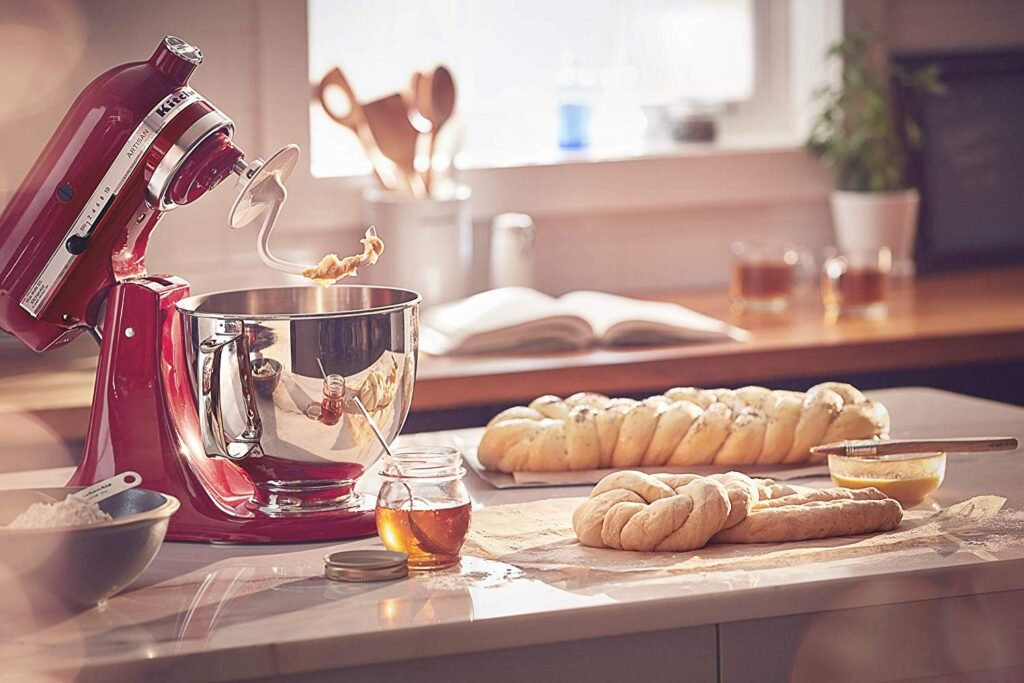
- Expertise: Certified technicians have in-depth knowledge and experience in working with stand mixers. They can efficiently diagnose and fix problems that may be beyond your capabilities.
- Time-saving: Professional help eliminates the need for trial and error troubleshooting, saving you valuable time. Their expertise allows them to identify the issue quickly and implement the appropriate solution promptly.
- Safety: Ensuring the safety of your stand mixer is of utmost importance. Professionals can address safety concerns, minimizing the risk of accidents and potential damage to the appliance.
- Warranty Compliance: Contacting customer support or certified technicians helps protect your warranty rights. They are trained to perform repairs within the terms of the warranty, ensuring you don’t inadvertently void it.
- Longevity and Performance: Professional repairs are more likely to extend the lifespan of your stand mixer, ensuring it continues to perform optimally for years to come.
Key Takeaways and Final Thoughts
In conclusion, this blog post has addressed the most common problems that individuals encounter when using a stand mixer and has offered useful troubleshooting tips to overcome these challenges. By comprehending the underlying reasons behind these issues and implementing the preventive measures discussed, it is possible to ensure that your stand mixer functions at its best. It is vital to note that seeking expert assistance when required is essential to prevent any additional damage. Armed with these tips, you can experience seamless baking endeavors with your stand mixer.
Read More :
